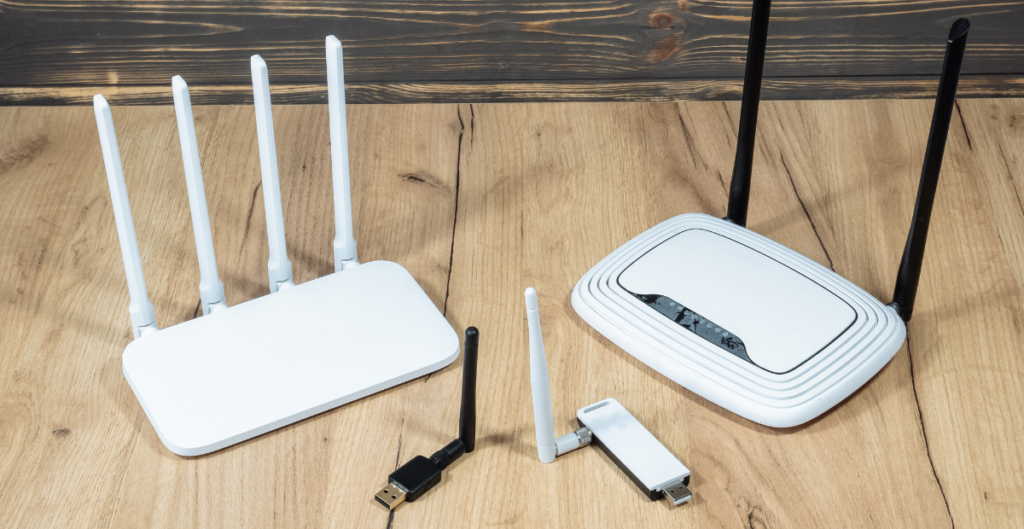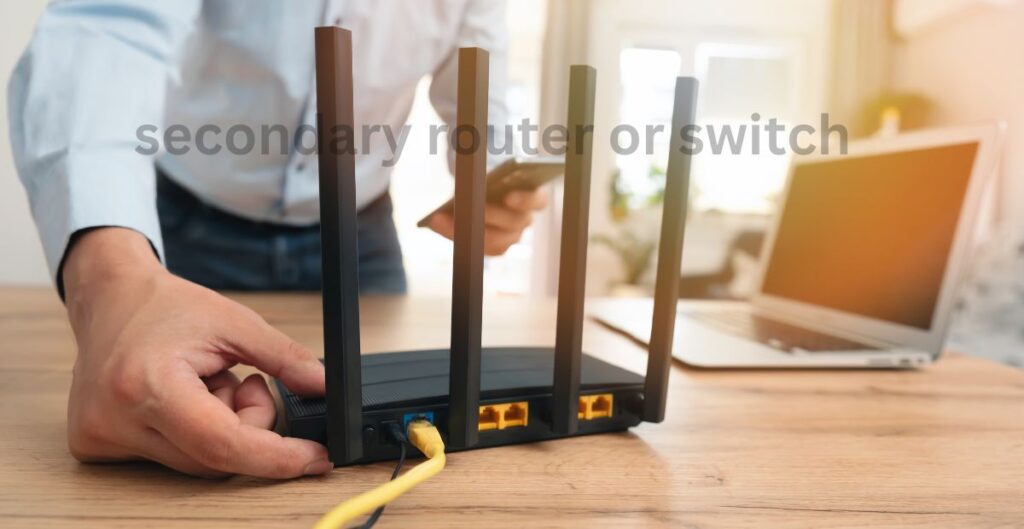When it comes to maximum charge levels Tesla, many owners are left wondering what’s best for their battery health. Should you charge your car to 100% every time? Or is it better to stick to a lower percentage for daily use?
In this guide, I’ll explain everything in plain English so anyone, even a 6th grader can easily understand how to take care of their Tesla battery. Whether you have a Model Y, Model 3, or Model S, this article will help you avoid common charging mistakes.
- Maximum Charge Level Tesla Model Y: What’s Best?
- Maximum Charge Level Tesla Model 3: Follow the Same Rule
- Tesla Maximum Charge Level Reduced: Why It Happens
- Tesla Unable to Charge - Maximum Charge Level Reached: What It Means
- Maximum Charge Level Tesla Model S: Is It Different?
- Tesla unable to charge - maximum charge level reached bms_a079: What Is This?
- Tesla Charge Limit 80 or 90: Which One Should You Choose?
- Charge Limit Tesla Model Y: How to Set It
- Final Thoughts
- Top Questions About Tesla Charging
Maximum Charge Level Tesla Model Y: What’s Best?
If you drive a Tesla Model Y, you should know that Tesla recommends charging it to 80% or 90% for daily driving. This is because batteries last longer when they are not constantly charged to their full capacity.
- Charging to 80% is perfect for everyday driving, like going to school or work.
- Charging to 90% is okay if you need more range or do longer trips.
For long road trips, it’s fine to charge to 100%, but you should drive the car soon after it reaches full charge. Don’t let it sit at 100% for too long.
You can easily change the charge limit using the Tesla app or your car’s touchscreen.
Maximum Charge Level Tesla Model 3: Follow the Same Rule
For the Tesla Model 3, the same advice applies. Tesla suggests charging to 80%-90% most of the time.
When I first got my Model 3, I used to charge it to 100% every night. Later, I learned from a Tesla support specialist that this can actually make the battery wear out faster. The battery in your Tesla is like a backpack, it gets tired if it’s always carrying the maximum load.
So now, I charge 80% on weekdays and go up to 90% only when I know I’ll need more miles.
Tesla Maximum Charge Level Reduced: Why It Happens
Sometimes your Tesla may reduce its maximum charge level by itself. This can confuse owners, but it’s usually normal.
Here’s why it happens:
- Battery health protection: Tesla limits charging when it senses battery stress.
- Cold weather: In winter, your battery may charge less to protect itself.
- Frequent fast charging: Using Superchargers too often can trigger the limit.
If this happens, you can check the details in your car’s settings or on the Tesla support page.
Tesla Unable to Charge – Maximum Charge Level Reached: What It Means
If you see the message “Tesla unable to charge – maximum charge level reached,” don’t panic. It just means your car has already reached the limit you set.
To fix it:
- Open the Tesla app or your car’s screen.
- Go to the Charging section.
- Adjust the limit by dragging the slider higher (but try not to go above 90% for daily use).
After you increase the limit, your Tesla will resume charging the next time you plug it in.
Maximum Charge Level Tesla Model S: Is It Different?
The Tesla Model S has a larger battery compared to other Tesla models. But the charging advice is still the same:
- 80%-90% is best for everyday use.
- 100% is fine when you are planning a long trip but drive soon afterward.
Some Model S owners even charge 70%-80% because their car already has a long range.
Tesla unable to charge – maximum charge level reached bms_a079: What Is This?
If you see bms_a079, it’s a code from your Battery Management System (BMS). It means the battery system is limiting the charge to protect itself.
What can cause this?
- Your battery may need to be balanced (Tesla calls this cell balancing).
- A software update might have adjusted your charging limits.
- The battery temporarily protects itself due to weather or fast charging habits.
If this warning keeps popping up, it’s a good idea to contact Tesla through the service portal.
Tesla Charge Limit 80 or 90: Which One Should You Choose?
Should you set your Tesla charge limit at 80% or 90%? It depends on how you drive.
- Pick 80% if you do short trips around town.
- Pick 90% if you often drive longer distances or just want a bit more range every day.
Tesla recommends 80% for most people to keep the battery healthy for years to come.
Charge Limit Tesla Model Y: How to Set It
To change the charge limit on your Model Y:
- Open your Tesla app or car’s screen.
- Tap on Charging.
- Move the slider to set your limit (stick to 80%-90% for daily use).
- Done! Your car will stop charging when it hits the number you selected.
Final Thoughts
Taking care of your Tesla battery is easy. By following Tesla’s best practices, you’ll enjoy more miles and fewer battery worries.
Key points to remember:
- Charge to 80%-90% for daily use.
- Only charge to 100% when you need it for long trips.
- Don’t leave your Tesla sitting at 100% for too long.
- Keep an eye on any battery warnings like bms_a079.
By following these simple tips, your Tesla battery will stay healthy for many years.
Top Questions About Tesla Charging
Should I charge my Tesla to 80% or 90%?
For daily use, 80% is the safest choice. If you need more range regularly, charging to 90% is still okay but may cause slightly faster battery wear over time.
Can a Tesla charge at 350kW?
Some newer Teslas, like the Model S Plaid, can charge at speeds up to 250kW at Tesla V3 Superchargers. Charging at 350kW is not yet supported by Tesla’s network.
What is the maximum charging power for a Tesla?
The maximum charging power depends on the model. Most Teslas can charge at up to 250kW at Tesla Superchargers.
Is it OK to charge Tesla to 100%?
Yes, but only for road trips. For daily use, try to keep it between 80%-90% to protect the battery.






